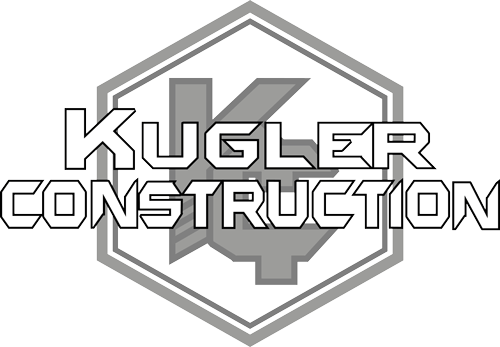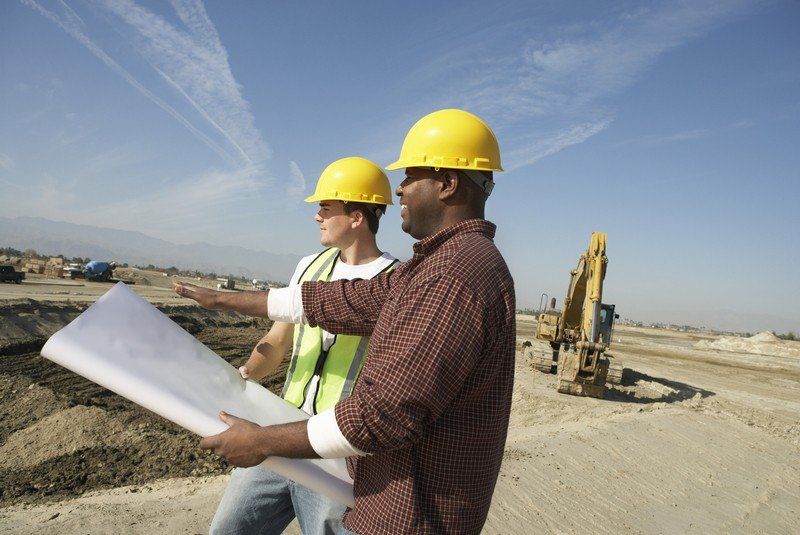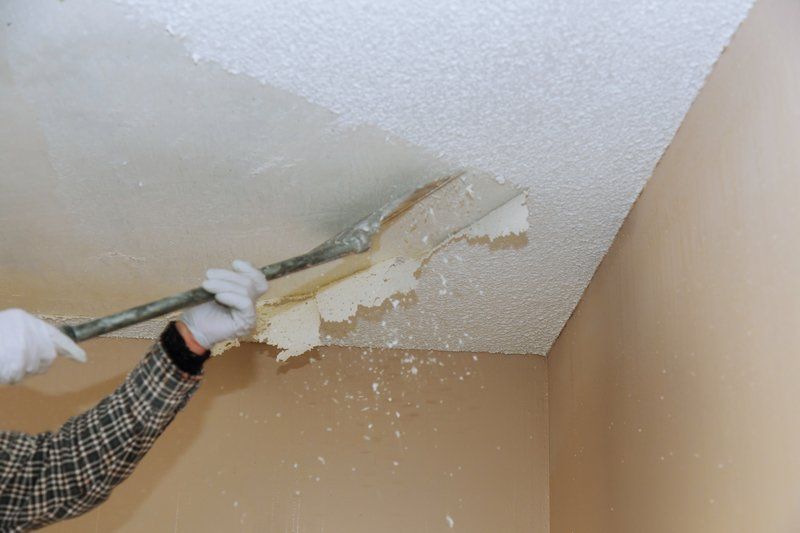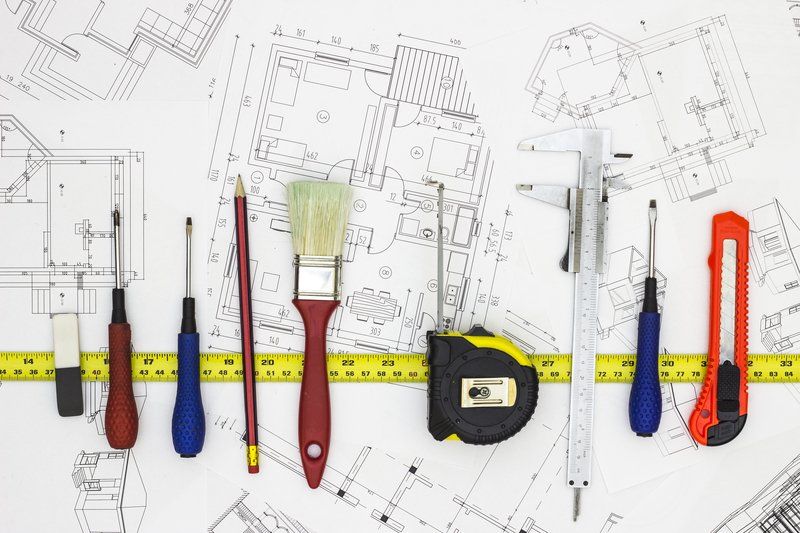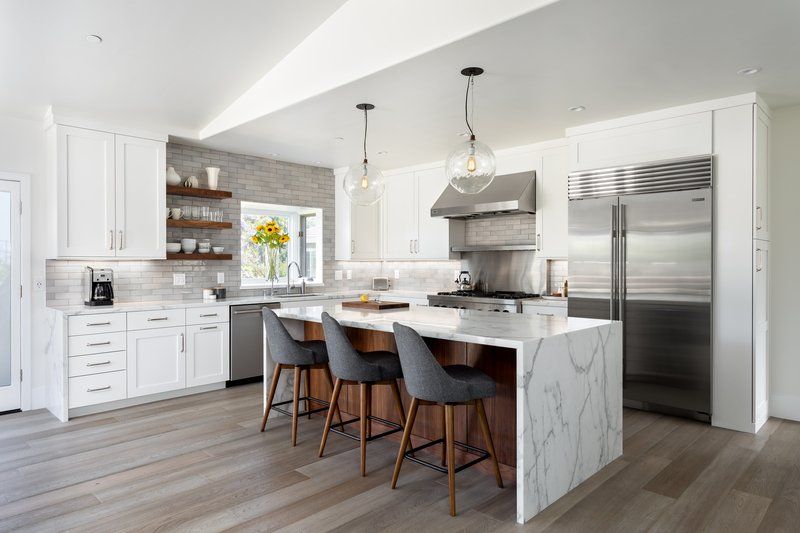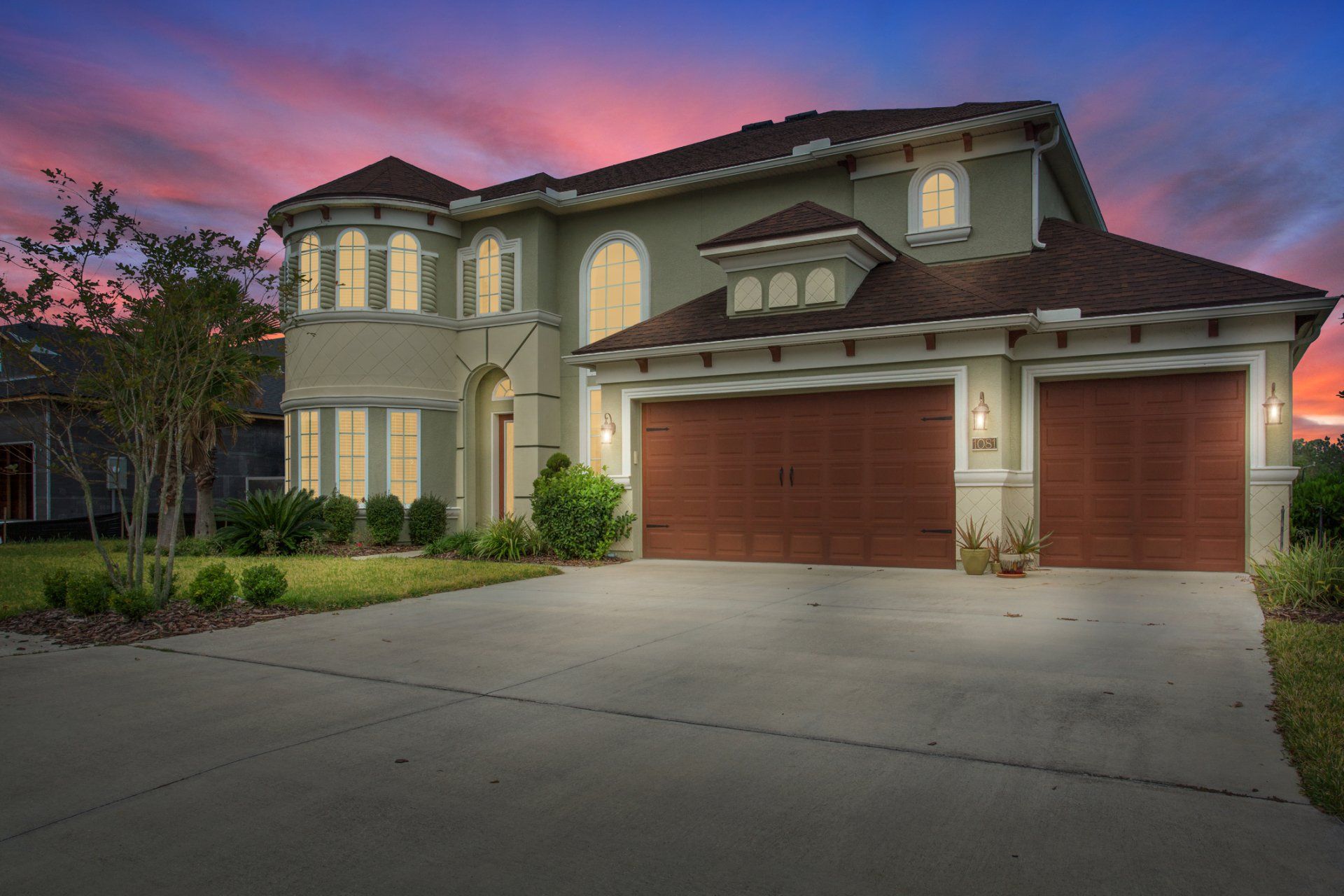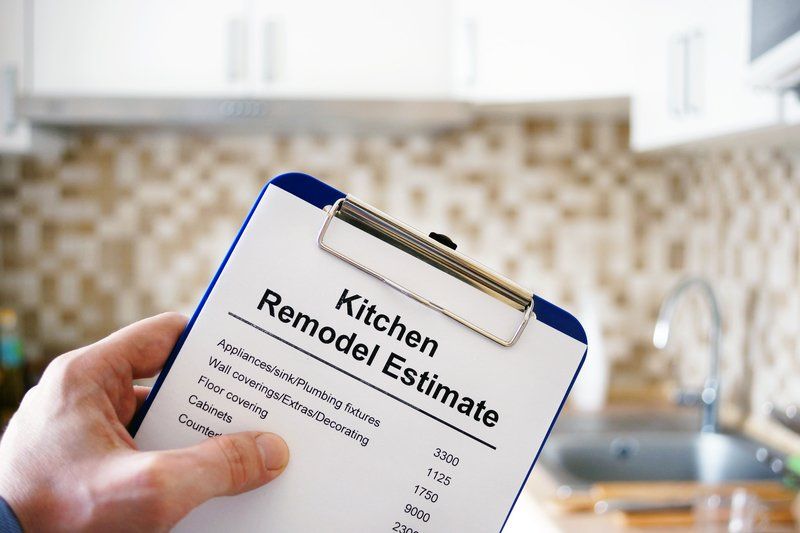Things Home Builders Do to Keep Construction on Schedule
Visualizing a construction project can be very complex. There are lots of elements besides all of the decisions builders have to make. Those who are also building have to have a detailed plan of how to keep the project on schedule! Calendaring builds is complex and relies upon many varying factors. You want to be into your new home as soon as possible. But the whole process is unfamiliar. How in the world do builders attempt to keep things on schedule, especially with so many delays during pandemic?
Carefully Review Plans
The first step of any complex project is to both have a plan and a way to fulfill it . This is where experience comes into play. An experienced builder will know what difficulties there might be in sourcing varying products, and how long each stage of the project will last. The customer always wants to know specifics, and knowing guidelines can help immensely. A careful review of the plan is like looking at the roadmap prior to a cross country trip. It’s essential, even if not the most fun part of the journey! Both the builders and all stakeholders should have a good idea of how long the construction will take. Having realistic expectations will help all parties. It helps to make sure that all know in advance that the build is in experienced hands which know how to not only review, but restructure plans if necessary.
Create a Master Schedule
For any project, having a schedule is important. For construction, having a master schedule can not only keep you on track, but also help you keep realistic expectations for all parties involved. A master schedule has not only a summary, but detailed examples of all things which are on the timeline. Every detail of the project, the order of the build, is included in the master schedule. Then, you can have a clear view of where you are, whether you are on schedule, and what is supposed to happen next. With this in hand, you not only know that you can progress, but how to progress within your set schedule.
Monitoring Progress
By using the master schedule, you will be able to easily detail what progress is being made, and if it is on schedule, with your build. There are many things that can complicate an ongoing build. Depending on the area, and the build involved, you could have difficulty with inspection, with insects, and most especially during pandemic, with your supply chain. Being able to have those things on a master schedule makes it possible to know how quickly you are working, and whether or not you are meeting the expectations of your timeline. Be advised that there have been ongoing delays with pandemic builds because of supplies available during shutdowns and illnesses of workers.
Finalize Decisions in Advance
One of the best ways to make sure you stay on schedule is to finalize all the fiddly decisions in advance. Often homeowners want to wait until the last minute to choose siding colors, roofing, even interior paint colors and countertops. However, the further in advance such things can be ordered, the faster they can be used when you get to that stage of construction. If you have to wait to make decisions each time there is a pause, your pauses will be frequent and much longer than intended. This can throw your project off of schedule quickly.
Changes
Changes happen! However, the fewer changes you make, the faster you can complete your build! This is simply an obvious thing, and yet so many homeowners forget. Changing a wall color or a cabinet drawer is a simple fix. Swapping out the existence of an interior wall is, of course, more complex. This is why it’s critical to finalize as many things as possible in advance. Make sure you’re certain of your build plans and master schedule.
Waste Disposal
There’s a massive amount of waste which needs to leave a construction area, after all of the goods are sourced and used. Delays in that waste leaving the site can also delay completion. There are some ways to help this issue. Portions of materials which can be recycled should be, and can be sorted at the end of day into a “reusable materials” area. For things not reusable, however, and not recyclable, it’s important to be able to get them off site quickly. Skid steers can be used to transport self-dumping hoppers to construction sites, allowing the builders to streamline the waste disposal process.
Contingency Plans
So, what do you do when things go wrong? No build ever goes exactly according to plan. The best builders (and homeowners) will have options available to them . Some of the delays which happen to you are the ones no one can control- acts of God, weather delays, things which could not have been foreseen. However, your job is to have the experience and seek out the expertise needed to foresee the things which are preventable. Having a Plan B, or C, is a great option to make sure things keep rolling on schedule.
Communicate and Document
Communication between all the workers and builders collaborating at your site is critical for being able to keep on schedule as much as possible. As with all interpersonal communication , good communication skills and patience between parties is important. The greatest problems and delays happen when communication is no longer happening freely. Find out which means of communication your team prefers, and work together as a team to make sure communication stoppages do not happen.
There will be problems and delays, regardless of the skills of the builder and their crew. Making sure to keep communication open, finalize everything possible in advance, and if possible, having contingency plans, will help your build to keep moving smoothly. Stick to your plans, even with delay, and you’ll soon be living in a beautiful new home!
If you’re looking to build a custom home, let us know and we can help! Schedule an appointment with us here .
